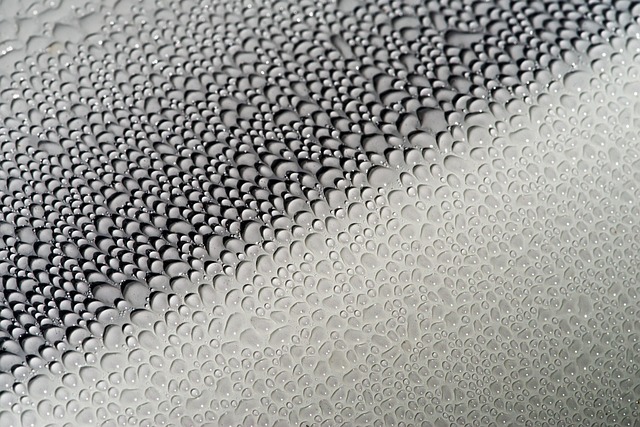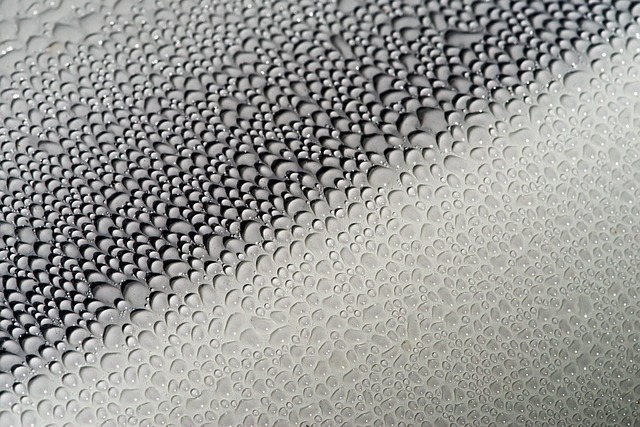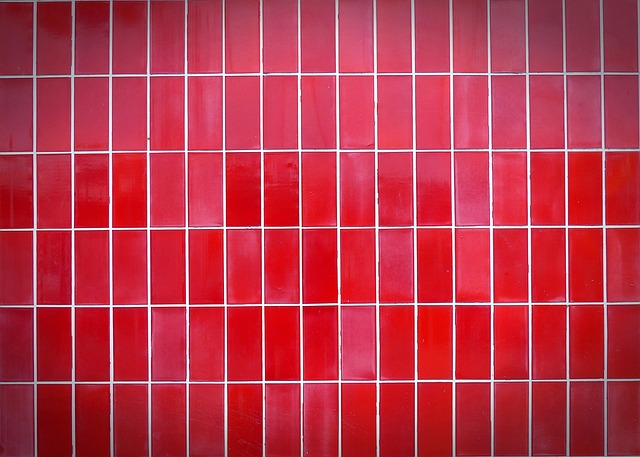Tile sealing protects tiles from moisture, stains, and wear, preserving their aesthetic appeal and extending their lifespan. It offers various options tailored to tile types, desired protection levels, and specific applications like kitchens, bathrooms, or outdoor spaces. The process involves selecting the right sealant, preparing surfaces, applying evenly, and curing. Regular reapplication every one to two years, along with proper surface cleaning before sealing, ensures optimal protection and tile longevity.
Protecting your tiles from stains, moisture, and wear is easier than you think. Tile Sealing acts as a protective barrier, enhancing the durability and aesthetics of your tile surfaces. This comprehensive guide explores everything you need to know about tile sealing, from understanding its basics to choosing the right sealer for your needs. Learn about the numerous benefits, different types, and step-by-step application process. Discover common mistakes to avoid and essential maintenance tips to keep your sealed tiles looking their best.
Understanding Tile Sealing: A Basic Guide

Tile sealing is a crucial process that involves applying a protective layer over tiles to prevent damage and maintain their appearance. It’s not just about enhancing aesthetics; sealing offers a shield against moisture, stains, and other elements that can degrade tiles over time. This simple yet effective method is particularly beneficial for kitchens, bathrooms, and any space with high foot traffic or exposure to liquid spills.
When it comes to tile sealing, understanding the process is key. It typically involves choosing the right sealant for your tile type, preparing the surface, applying the sealant evenly, and allowing it to cure fully. Sealants can be either solvent-based or water-based, each with its advantages. Solvent-based sealants offer superior durability and protection against stains but emit fumes during application. Water-based options are more eco-friendly, quicker-drying, and have lower odor, making them a preferred choice for many.
Benefits of Applying Tile Sealing

Tile sealing offers a multitude of benefits for any surface that features tiles, be it in kitchens, bathrooms, or commercial spaces. One of its primary advantages is enhanced protection against moisture and stains. Sealing forms an invisible barrier on the tile’s surface, preventing liquids and dirt from penetrating into the pores of the material. This not only preserves the aesthetic appeal of the tiles but also stops them from absorbing water, which can lead to warping or damage over time.
Moreover, tile sealing provides easy cleaning and maintenance. Sealed tiles are less prone to collecting grime and require only a simple wipe-down with a damp cloth. This saves time and effort in tile upkeep, ensuring that surfaces stay looking fresh and new for longer periods. Additionally, many types of tile sealants offer UV protection, guarding against fading caused by prolonged sun exposure, which is particularly beneficial for outdoor tile installations.
Types of Sealers and Their Applications

Tile sealers come in various types, each designed for specific applications and offering different levels of protection. Silicone sealers are highly versatile and suitable for both interior and exterior tile installations. They create a flexible barrier, effective against water, stains, and mold, making them ideal for kitchens and bathrooms. On the other hand, urethane-based sealers provide superior durability and resistance to heavy traffic and chemical spills, commonly used in commercial settings like restaurants and hospitals.
For natural stone tiles, such as marble or granite, specialized stone sealers are recommended. These products penetrate the tile’s surface, enhancing its natural beauty while offering robust protection against etching and staining. Additionally, there are epoxy-based sealers known for their exceptional strength and bond strength, often used in industrial environments to protect large format tiles from heavy loads and extreme conditions.
Choosing the Right Sealer for Your Tiles

When considering tile protection with sealing, one of the first steps is understanding your options and selecting the ideal sealer for your specific tiles. Not all sealers are created equal – they vary based on composition, durability, and the level of water resistance they offer. For instance, silicone-based sealers are popular for kitchens and bathrooms due to their flexibility and high water repellency. On the other hand, polyurethane sealers provide a more durable finish, making them suitable for heavy traffic areas like entryways or commercial spaces.
Your choice should also factor in the type of tiles you have. Porous materials like terracotta or unglazed ceramics require a sealer that can penetrate and fill in any gaps to prevent moisture absorption. For glazed tiles, a surface-applied sealer will suffice to enhance their water resistance. Always read product labels and follow application instructions carefully for optimal results.
Step-by-Step Process of Tile Sealing

Tile sealing is a straightforward process that can significantly enhance the protection and aesthetics of your tiled surfaces. Here’s a step-by-step guide to help you achieve optimal results. First, prepare the tiles by ensuring they are clean and free from any debris or dust. This ensures the sealant adheres properly. Next, choose an appropriate tile sealant product suited for your specific needs, whether it’s for kitchen floors, bathroom walls, or outdoor patios.
Apply a thin, even layer of the chosen sealant using a brush or roller, following the manufacturer’s instructions regarding application techniques and timing. Allow the initial coat to dry completely before applying additional layers for better protection and longevity. Regular maintenance, such as reapplying sealant every few years, will keep your tiles looking their best and prevent damage from moisture, stains, and wear and tear.
Common Mistakes to Avoid During Sealing

When sealing tiles, homeowners often make mistakes that negate the protective benefits of tile sealing. One common error is applying the sealant incorrectly; it’s crucial to read and follow product instructions carefully. Using the wrong type of sealant for your tile type or surface can lead to poor adhesion and eventual damage.
Another blunder is not preparing the tile surface adequately before sealing. Tiles must be clean, dry, and free from contaminants like dirt, grease, or old sealants. Neglecting this step results in a subpar seal that offers minimal protection against stains and moisture. Remember, proper preparation ensures your tile sealing effort yields long-lasting, effective protection.
Maintenance and Reapplication: Keeping Seals Effective

Regular maintenance is key to keeping your tile sealing effective over time. Since seals can wear off gradually, especially in high-traffic areas or regions with harsh weather conditions, reapplication is often necessary. A good rule of thumb is to check your tiles periodically and reapply the sealant as needed—typically every one to two years, depending on factors like exposure to sunlight, moisture, and foot traffic.
During maintenance, ensure you clean the tiles thoroughly before applying new sealants. Use a mild detergent and warm water to remove any dirt or grime, then rinse well. This process helps the new sealant bond better with the tile surface, enhancing its longevity and protective capabilities. Remember, proper maintenance not only keeps your tiles looking their best but also extends the life of the sealing, saving you time and money in the long run.
